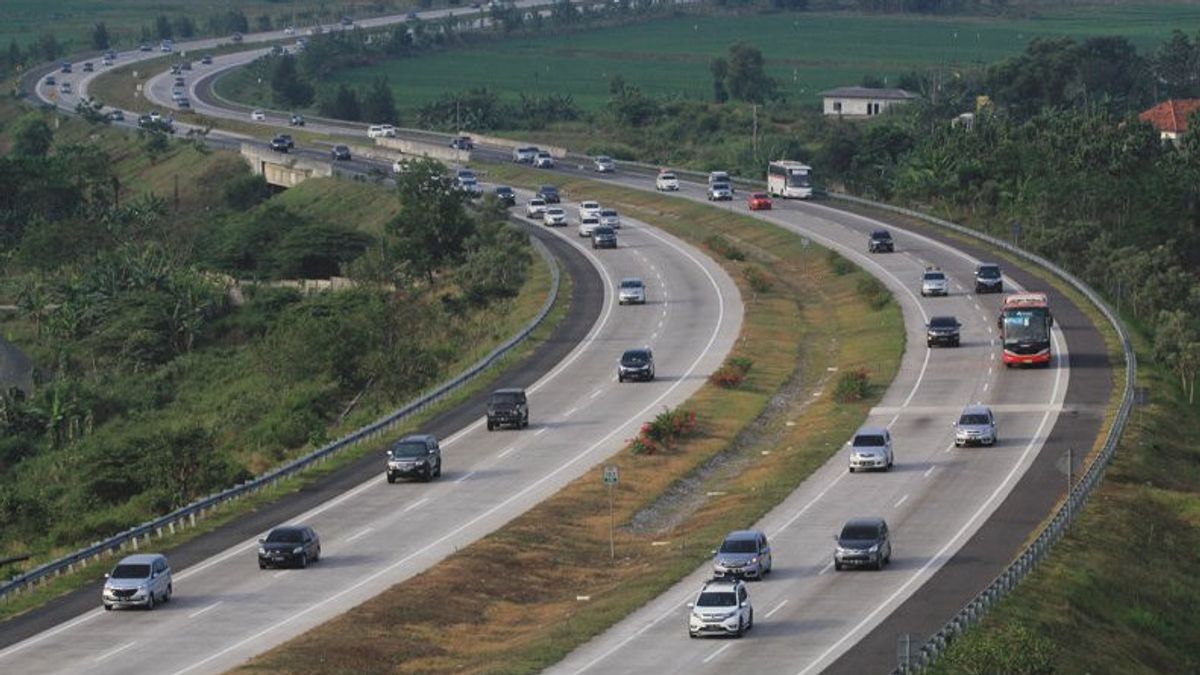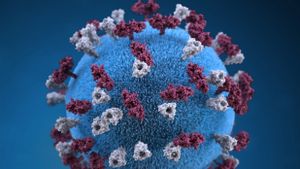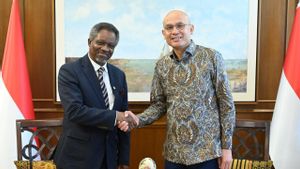JAKARTA - The Coordinating Minister for Maritime Affairs and Investment who is also the Coordinator of the Java-Bali Emergency Restrictions on Community Activities (PPKM) continues to monitor the decline in citizen mobility as an effort to reduce the rate of transmission of COVID-19 in Indonesia.
Based on data collected related to residents' activities on July 11-12, 2021, the mobility of residents in the Java and Bali regions continues to decline. However, there are some areas that actually experienced an increase, such as in the northern coast of West Java and Central Java.
"I hope that in the next few days, there will be more yellow areas (the decline in mobility from 20 to 30 percent)", said Luhut, quoted by Antara, Tuesday, July 13.
The DKI Jakarta area experienced a decrease in overall mobility by 21.3 percent. Meanwhile, the West Java region experienced a decrease in mobility by 9.0 percent. Meanwhile, the decline in mobility in the Banten area was 18.1 percent.
To reduce the daily spike in cases, the government is trying to reduce community mobility by continuing to evaluate and isolate at several points in Java and Bali.
The decline in mobility is monitored through three indicators, namely Facebook Mobility, Google Traffic, and Night Light from NASA. Based on historical analysis, a 30 to 50 percent reduction in mobility is needed to suppress the spread of COVID-19.
In addition to monitoring community mobility, Luhut continues to monitor the readiness of hospitals to be able to handle the increase in COVID-19 cases. The government continues to encourage hospital capacity building through the conversion of hospital beds and the addition of field hospitals or emergency hospitals.
SEE ALSO:
Bed conversions across Java-Bali will be increased to 40 percent to 50 percent for intensive care and ICU of the total hospital beds. An exception is applied for DKI Jakarta because its capacity is not sufficient. Meanwhile, the addition of field hospitals or emergency hospitals will be assisted by the TNI.
"I ask for help from the TNI, BNPB (National Agency for Disaster Management), and the Ministry of Health to continue looking for places that will be used as field and emergency hospitals. To help patients who are still waiting in line", said Luhut.
In determining the field or emergency hospital, the government seeks to find a place with a large capacity. This is done so that health workers are not absorbed a lot to solve some areas.
The government also plans to add more health workers, both nurses, and doctors, to prepare for the worst-case scenario.
To attract volunteer doctors from post-internship doctors, it is necessary to provide proper rest facilities, obtain BPJS Kesehatan (Health Insurance), obtain work accident insurance, and allocate communication costs.
"We will add nurses and doctors who have just graduated and will be trained first for three days", added Luhut.
The English, Chinese, Japanese, Arabic, and French versions are automatically generated by the AI. So there may still be inaccuracies in translating, please always see Indonesian as our main language. (system supported by DigitalSiber.id)














